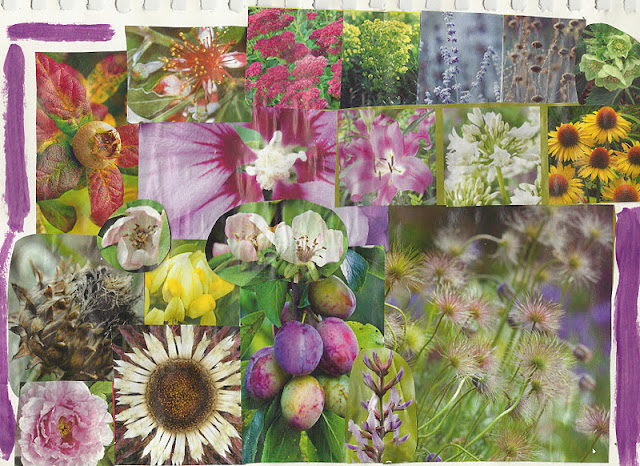Friday, 16 September 2011
Micheal McKennedy
Tuesday, 21 June 2011
 |
| This is a collection of black and white flower images i have collected from of the internet. (Google Images) |
---------------------------------------------------------------------------------------------------------------
My Intention.
My intention for my photography project is to focus on photographer Doug Rosenoff and use his images as inspiration for my own photographs. Rosenoff is a photographer who specilises nature photography however prefers to photograph flowers. I will use the techniques and methods that he uses to influence my work. I will also research other photographers and gather information needed based on my subject matter to assist me with my final piece.
----------------------------------------------------------------------------------------------------
Brainstorm
-------------------------------------------------------------------------------------------
---------------------------------------------------------------------------------------
Subscribe to:
Comments (Atom)















